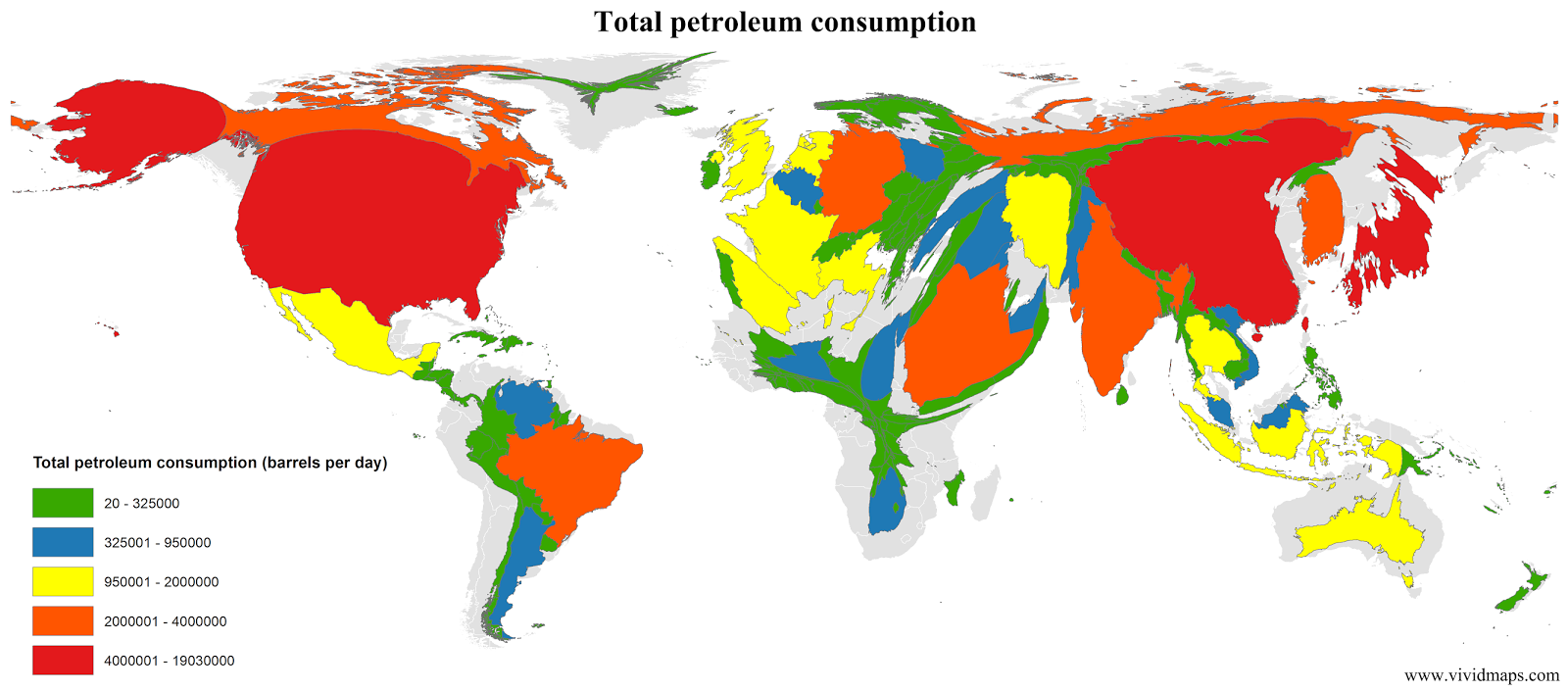How Finland’s Population Shifted: A Tale of Two Decades (1987-2017)
This post may contain affiliate links. As an Amazon Associate, we earn from qualifying purchases.

The story of Finland’s population distribution over three decades reveals a fascinating transformation that mirrors global urbanization trends. These striking maps, created by @NaytaData, divide Finland into four zones, each containing exactly 25% of the country’s population, showing dramatic changes between 1987 and 2017.
The Helsinki Effect
The most obvious change is the shrinking dark blue zone around Helsinki. In 1987, Helsinki and its surrounding area housed about 723,000 people (15% of Finland’s 4.93 million population). By 2017, this number had grown to approximately 1.2 million (28% of the total 5.51 million Finns).
This concentration reflects Helsinki’s emergence as Finland’s primary economic and cultural hub. The capital region has become a magnet for young professionals, students, and immigrants, offering diverse job opportunities in technology, business, and creative industries.
Beyond the Capital: A Changing National Landscape
The maps reveal a fascinating pattern of population redistribution across Finland. The northern yellow zone has notably contracted while still containing its 25% share of the population – a clear sign of increasing density in northern urban centers like Oulu.
Perhaps even more telling is the transformation of the green-colored central zone. Its significant size reduction suggests a substantial population shift, likely due to younger generations moving to urban areas for education and employment opportunities. Statistics Finland reports that smaller towns and rural communities in this region have experienced steady population decline since the 1990s.
The orange zone, which once spread inland from the southern coast, has now concentrated primarily along the coastline. This coastal consolidation highlights the growing importance of Finland’s southern urban centers and their connection to international trade routes across the Baltic Sea.
The Forces Behind the Shift
Several key factors have driven these changes:
- Education Hubs: Universities in cities like Tampere, Turku, and Oulu have attracted young people from rural areas
- Economic Evolution: Traditional industries have modernized, requiring fewer workers in rural regions
- Quality of Life: Urban areas offer more diverse cultural and social opportunities
- Infrastructure Development: Better transportation and services in urban centers have created a self-reinforcing cycle of growth
The Rural-Urban Balance
This redistribution hasn’t come without challenges. Rural municipalities face increasing pressure to maintain essential services with declining populations and tax bases. However, some communities have found innovative solutions. For example, the town of Ii in northern Finland has become known for its creative approach to sustainable development, attracting new residents despite the broader urbanization trend.
Looking Forward
Finland’s demographic landscape continues to evolve. While urbanization persists, new factors like remote work technology and sustainable living trends might influence future patterns. Some smaller cities have already begun developing specialized economic niches to attract residents and businesses, suggesting that Finland’s population distribution might become more nuanced than a simple rural-to-urban shift.
For readers interested in maps and geography, here are some recommended resources available on Amazon:
Note: The following links are Amazon affiliate links. As an Amazon Associate, I earn from qualifying purchases.
- National Geographic Atlas of the World – A comprehensive world atlas featuring detailed maps and geographic data
- Finland Travel Guide by Lonely Planet – An in-depth guide to Finland’s regions, cities, and culture
- World Wall Map by Maps International – A detailed wall map perfect for visualizing global demographics








